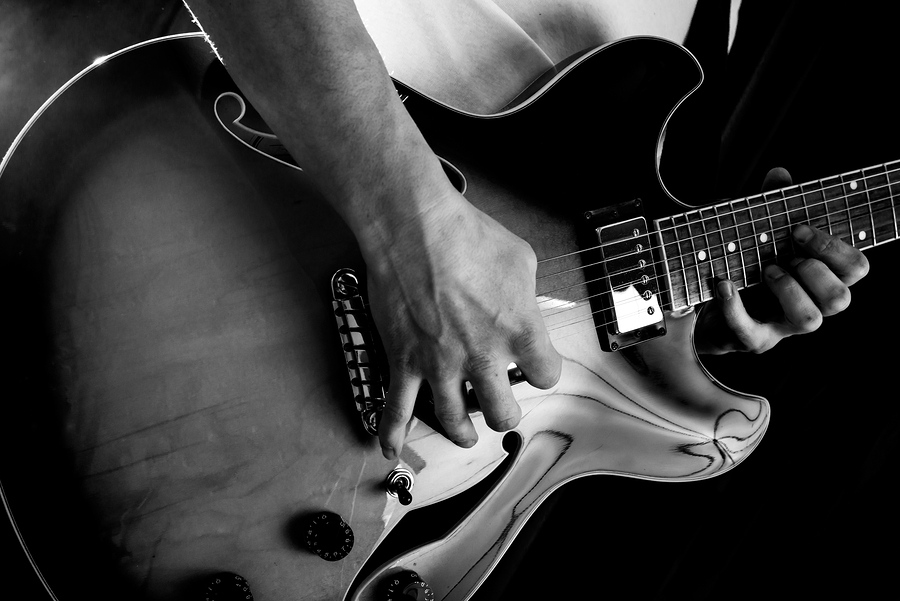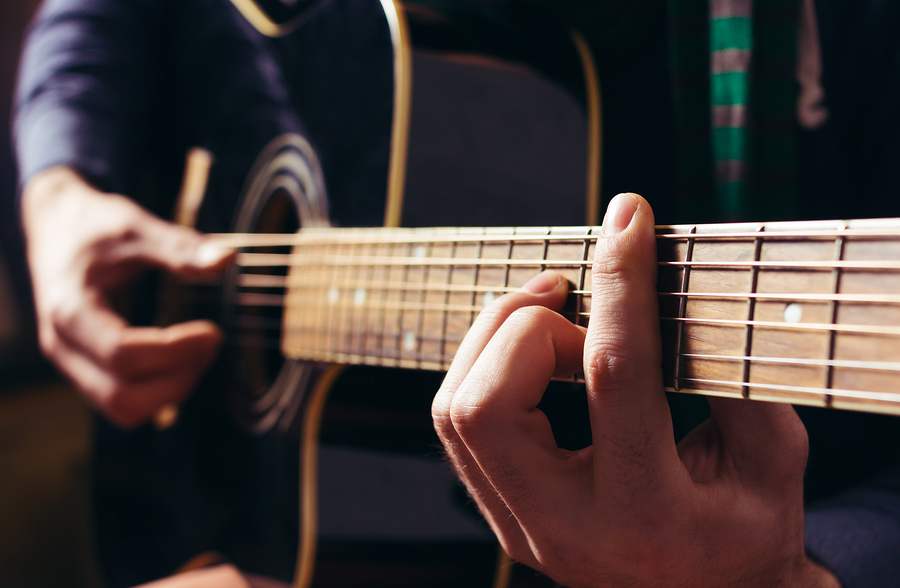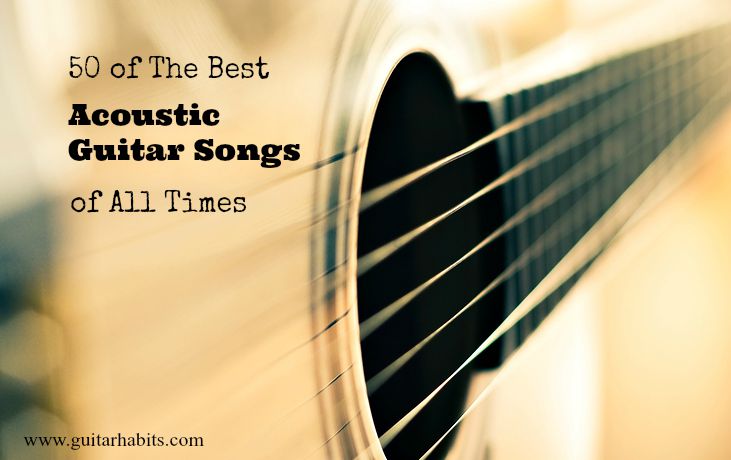May 14, 2019 by Klaus Crow
Bigstock photo

There are professional musicians who struggle with it each and every single performance and others who overcome it quickly.
I also was not immune to the fear of playing in front of people. I remember one of my first gigs when I smoked 2 pack of cigarettes before going on stage.
The nervousness was unbearable, but the strange thing was when I got on stage and started playing I was so focused that the anxiety fell away. All that was left was pure excitement.
Once I started playing gigs every week it was no more an issue. I learned that doing more of the same thing takes away the fear.
But then “change” can come along, new things happening, unexpected situations, bigger stages, different people, larger crowds and you have to deal with the uneasiness all over again and that’s a pain in the #ss.
Still, when you’re aware of a few simple rules and take the necessary steps the nervousness becomes tolerant and will eventually disappear completely. A big part of the salvation lies in your own hands and is easy to attain.
Fear simply comes from worrying about the future, the unknown, thinking about what might happen, going through all the ‘what if’ scenarios and torturing yourself with what others might think.
They are all scenarios that arent’ there, cause you’re here now and those situations aren’t. They only live in your mind.
And yes that’s the theory, you still have to deal with it or better said ‘let go of it’.
Well, here are the keys to help you out and truly enjoy the entire experience of your performance.Continue Reading
 I just came back from a holiday in Spain. I didn’t bring my guitar on the holiday and I really missed it from time to time, but I enjoyed great quality time with my wife and three kids.
I just came back from a holiday in Spain. I didn’t bring my guitar on the holiday and I really missed it from time to time, but I enjoyed great quality time with my wife and three kids. Getting a barre chord to sound good is a real struggle for many guitar students, especially on an acoustic guitar.
Getting a barre chord to sound good is a real struggle for many guitar students, especially on an acoustic guitar.